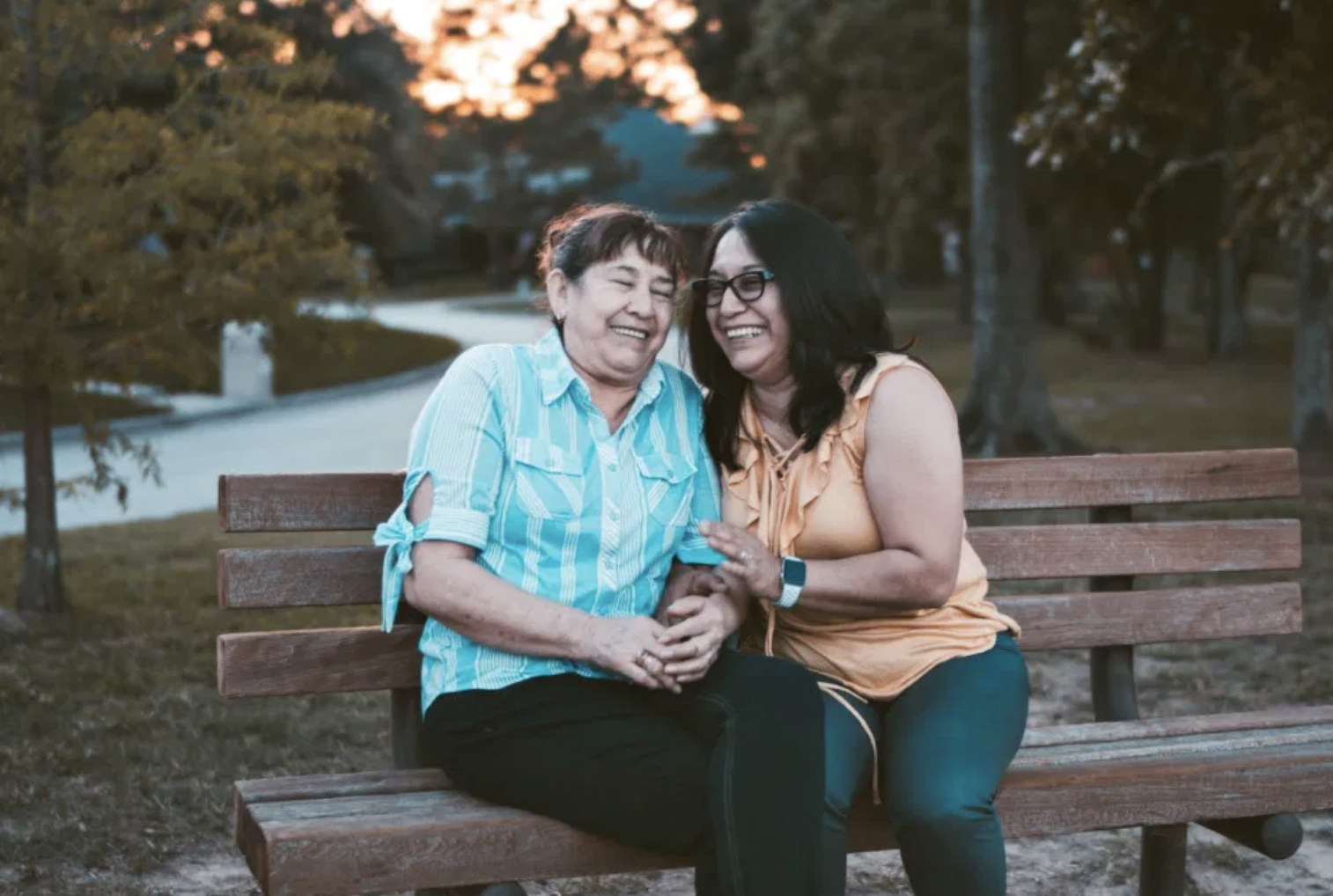
What does it look like to cultivate healthy friendships in midlife and beyond and is it really worth the effort?
When most of us were growing up, friendship were more narrowly defined. Our extended family likely lived within a one-day drive. Friendship circles were composed of classmates, neighbors, and cousins. In today’s hyperconnected world, things have changed—particularly for those of us living in metropolitan areas.
According to Facebook, I have 1,642 “friends.” I’ve only met about one quarter of them face-to-face. It’s virtually impossible to manage the ever-expanding relational circles without engaging in a form of social Darwinism. To bring some semblance of order, we categorize relationships into hierarchies based on any number of criteria such as close friend versus mere acquaintance, religious beliefs, membership in common organizations, or shared interests such as kombucha brewers with a sense of humor. (I did not make that up.)
This kind of rating system didn’t exist when friendships depended on proximity or blood ties. Back then, we worked harder to maintain friendships because our options were limited. Today, our seemingly limitless options coupled with the ease of unfriending encourage us to function as if friends are expendable, which of course isn’t true.
We also spend increasing amounts of time forming and nurturing relationships online. These points of connection can be meaningful and sometimes develop into rich friendships. But the hours spent in front of a screen also render us unavailable to the neighbor across the street—or the spouse living under the same roof.
To read the remainder of this excerpt from Marriage in the Middle, click this link to The Perennial Generation.
You can also read more on this topic in chapter ten from Marriage in the Middle.
Photo by Dario Vanezuela/Unsplash
